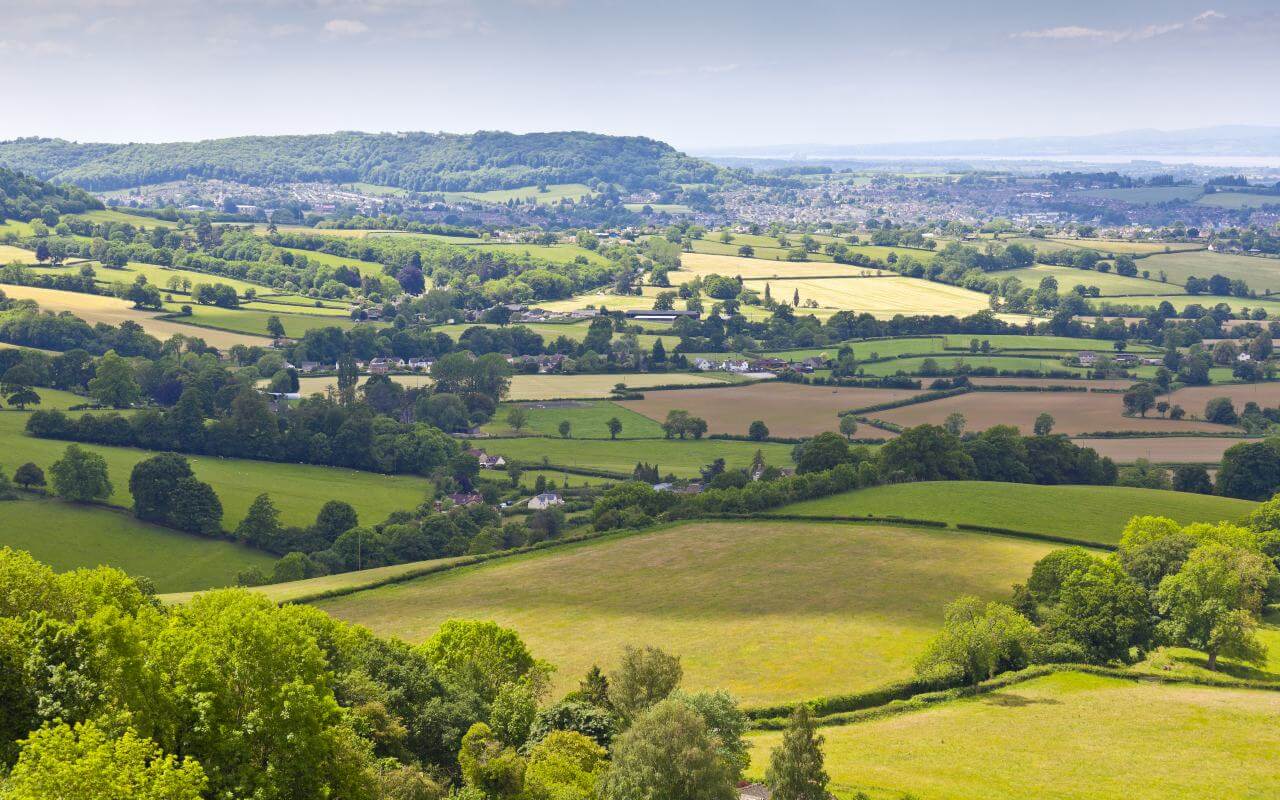What is Biodiversity Net Gain (‘BNG’)?
BNG is a new and mandatory planning condition that will apply to all but the smallest planning applications in England. From 12 February 2024, schemes for “major developments” that result in loss or degradation of habitat will be required to create at least a 10% increase in the “biodiversity value” of the site.
The Government sees BNG as leading to “positive outcomes for nature, better places for local communities and more consistent and transparent requirements for developers.”
Developers must submit a BNG statement with their planning application and receive approval for their BNG plan by the relevant local planning authority (LPA) before development can begin.
Who and what does it affect?
From 12 February 2024, BNG will be a legal requirement for “major developments”. These are residential developments with 10 or more dwellings, or where a site area is greater than 0.5 hectares, subject to confirmed exemptions (outlined below). Where buildings of any kind provide more than 1,000 square metres of floor space or development is carried out on a site with an area greater than 1 hectare, BNG will also apply.
Are there any transitional arrangements?
BNG will not apply to major development if the associated planning application for it was made before 12 February 2024.
BNG for “small sites” will have a longer transition period, applying from 2 April 2024. These are residential developments where the number of dwellings is between 1 and 9 (or, if unknown, where the site area is less than 0.5 hectares) and commercial developments where floor space created is less than 1,000 square metres or the total site area is less than 1 hectare.
Are there any exemptions?
The exemptions include (amongst others): de minimis development which does not affect a priority habitat; householder development; biodiversity “gain sites”; small scale self-build and custom housebuilding; and deemed permissions under section 90 of the Town and Country Planning Act 1990.
What is “biodiversity value”?
This is a numerical score (designated in “units”) given to a site and is the metric by which BNG is assessed. It is calculated by reference to various aspects of the natural habitat: site area; “distinctiveness”; condition; and “strategic significance”. The post-development biodiversity value is subject to further multipliers for: difficulty of improvement or creation of habitats; the time taken for implementation; and distance from the application site.
To satisfy the requirement for a 10% improvement – or such other higher percentage increase as an LPA may set out in their Local Plan – a developer will need to demonstrate their proposals to achieve the increase from the pre-development biodiversity value to the post-development biodiversity value. In practice, it will be calculated by qualified ecologists.
How is it secured?
The legislation operates to introduce a deemed BNG planning condition into every affected permission, even where this is not expressly stated on the face of the permission.
It can be secured in one of three ways or in combination:
- Improving the biodiversity onsite as part of the development proposal;
- Improving or creating biodiversity offsite; and
- Paying for statutory credits.
How long does it last?
BNG must be maintained for 30 years. It will be secured via a planning condition, a S106 obligation with the LPA, or in a conservation covenant with a responsible body.
How is it enforced?
LPAs will be responsible for planning enforcement of conditions and section 106 obligations in the usual way.
Conservation covenants will be a new mechanism for delivering BNG, including for enforcement. LPAs or other eligible organisations will be able to apply to become responsible bodies and use these private, voluntary agreements which are designed to secure, and where necessary enforce, positive (and restrictive) land management obligations. Conservation covenants bind the land which means they will apply to new landowners if the land is sold.
Does it apply to S73 applications?
Transitional arrangements mean that for most sites, if a planning application is made or permission was received before 12 February 2024, any section 73 application stemming from that original application or permission is exempt from BNG.
Can I deliver less than 10% or is this a mandatory figure?
10% is a mandatory figure. As mentioned above, LPAs are entitled to adopt a higher figure, so developers should check local requirements.
Can I apply to vary or remove BNG either from an obligation or a planning condition?
The condition cannot be varied or removed – it is set in legislation and deemed to apply.
What should I be doing now?
You should become familiar with the BNG regime and identify which applications and scheme changes might be subject to BNG and any different BNG requirements adopted by the LPA. You should be factoring BNG costs into your appraisals. For new site acquisitions you will need to understand how you can achieve BNG either on or offsite – recognising that offsite provision (whilst the new regime gets underway) will require a greater understanding of the BNG requirements and how they are met, their timings, costs and risks.



